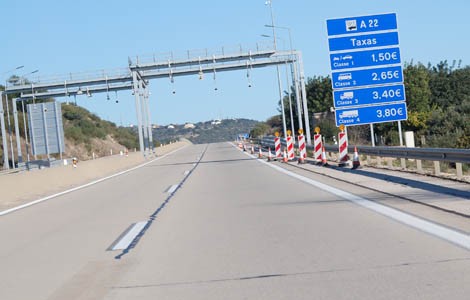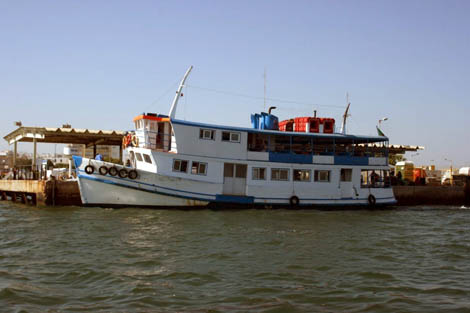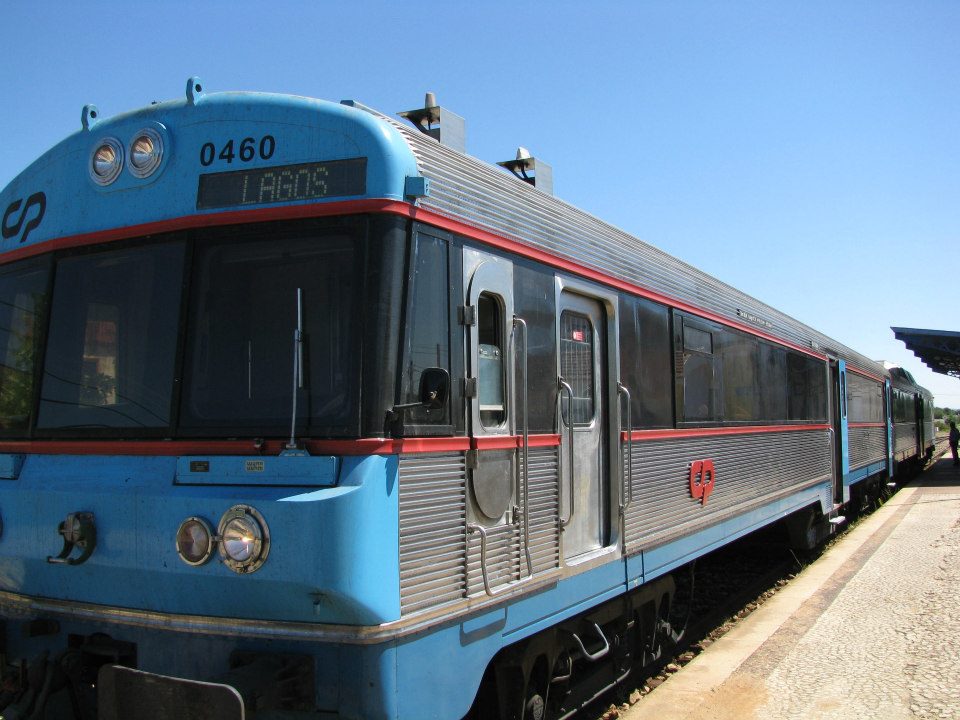 Traffic on Via do Infante decreased again in the second quarter of 2013, but much less than it had decreased in the same period in 2012.
Traffic on Via do Infante decreased again in the second quarter of 2013, but much less than it had decreased in the same period in 2012.
This was, moreover, the general trend registered in the Algarve, in different modes of transport, according to the quarterly bulletin on Mobility and Transport of the Algarve Regional Coordination and Development Commission (CCDRA) for the 2nd quarter of 2103 (April to June) and there was even an increase in the number of passengers on long-distance routes, after 21 consecutive quarters to decrease.
In Via do Infante, the decrease in Average Daily Traffic (TMD) of “only” 5,6 percent, against 52,2 percent in 2012, leads to the prospect of “a recovery, which only data from the next quarter [3rd 2013] may confirm'.
The same situation was repeated on the A2, where there was also a decrease in traffic, but not at the level of 2012. Here, the decrease was 2,8 percent, against 30,3 percentage points in 2012. Even so, this is already the 11th quarter in a row in which both the motorway connecting Lisbon to the Algarve, as well as the ex-SCUT, recorded a decrease in TDM.
 You lose on one indicator, you win on others. The most significant data is the increase in passengers on intercity public transport routes, which grew by 0,7 percent compared to the same period in 2012. In all, more than 1,5 million passengers circulated in this type of service. The number of passengers on international routes also increased, namely between Lagos and Seville, which registered a year-on-year growth of 17,3 percent.
You lose on one indicator, you win on others. The most significant data is the increase in passengers on intercity public transport routes, which grew by 0,7 percent compared to the same period in 2012. In all, more than 1,5 million passengers circulated in this type of service. The number of passengers on international routes also increased, namely between Lagos and Seville, which registered a year-on-year growth of 17,3 percent.
In decline, the use of urban routes continues (25,6 percent less than in 2012) and of interregional connections, which showed a year-on-year decrease of 3,8 percentage points.
In river transport, there is also good news, with the Ria Formosa routes increasing the number of passengers transported in the second quarter of last year by 5 percent. This growth had already taken place in the first quarter of the year, which leads the CCDRA to consider that it is “a trend of recovery in relation to 2012, when all quarters registered negative year-on-year variations”.
The river link crossing the Guadiana did not follow the same line, having registered a year-on-year variation of minus 7,3 percent, something recurrent "since 2007", with only one exception.
 In rail transport, the average number of passengers using the train to travel along the Lagos-Vila Real de Santo António axis was almost the same as in the same period in 2012, despite having decreased slightly, by 0,7 percent. This was the smallest loss “since Q4 2010”.
In rail transport, the average number of passengers using the train to travel along the Lagos-Vila Real de Santo António axis was almost the same as in the same period in 2012, despite having decreased slightly, by 0,7 percent. This was the smallest loss “since Q4 2010”.
Long-haul trains, on the other hand, lost more passengers, having transported 2,4 percent fewer people in the 2nd quarter of 2013, compared to the same period in 2012, decreasing for the fourth consecutive time.
For knowing, are the air traffic data and its evolution. «Given the decision of ANA – Aeroportos de Portugal, SA, to suspend the authorization for the provision of information on the indicators “number of flights”, “passengers transported” and “passengers transported to/from national airports”, it is not possible for us , for the time being, to continue the monitoring that we have been doing on the dynamics of air transport», illustrated the CCDRA.
















Comments